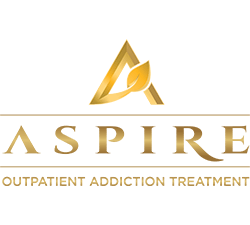Cognitive Behavioral Therapy
Cognitive behavioral therapy emphasizes the connection between thoughts, feelings, and behaviors. This theory proposes that many of our current negative experiences are based on negative thought and behavior patterns.
Drug Rehab By Separating Fact From Fiction
Clients are encouraged to become aware of cognitive distortions and to evaluate how strong these thought patterns are. Many times clients will enter drug rehab with misconceptions of reality. Certain unhealthy and destructive behaviors which worked to help individuals maintain their addictions become difficult to shake.
A typical example of this is when a client feels the need to lie about a minor mistake or misstep instead of accepting responsibility. When confronted an individual will fall into a problematic black and white thought pattern. Cognitive Behavioral Therapy aims to break this pattern by encouraging clients to develop authenticity and self-efficacy.
Understanding that these thought patterns are more than impulses or sporadic decisions is key to breaking negative habits and, in turn, participating in behaviors which are both healthy and constructive.
Developing Healthy Patterns While In Drug Rehab
Clients are also encouraged to create healthier behavior patterns while still in a drug rehab setting. CBT emphasizes raising awareness of and changing thought and behavior patterns that are negative and irrational.
By starting this change and engaging in the therapeutic process while still in drug rehab, clients are able to test what works before entering the real world. This provides the opportunity to review what works and what doesn't with a therapist so that healthy behaviors can be built upon and altered as needed.
Cognitive Behavioral Therapy helps individuals create a link between thought patterns and the actions which they turn into. It can start with simple exercises such as pausing before acting and can be supplemented with mindfulness. Overall CBT can help clients understand that feelings become thoughts, which can become actions. By accepting feelings and understanding thoughts, behaviors can change.
For more information: https://www.apa.org/ptsd-guideline/patients-and-families/cognitive-behavioral



